Interesting People #27: Chris Avellone on Into The Breach
Some of you may know Chris Avellone from his work on the likes of Fallout 2, Star Wars Knights of the Old Republic II: The Sith Lords, Neverwinter Nights 2 and much more. He’s branched out from his RPG stable quite a few times in recent years, and took the time to chat to me about his writing work on Into the Breach, from Faster Than Light creators Subset Games, which launches on Steam tomorrow.
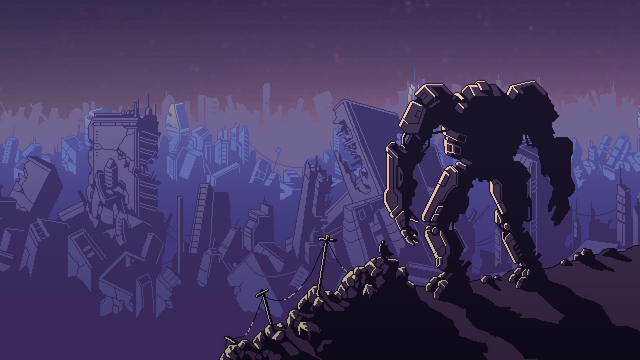
I see you were credited as "Special quest writer" on FTL. For those not familiar, can you give us a little intro as to who Subset Games are and how you got involved with them?
Chris: Subset Games is two developers – Justin Ma (artist) and Matthew Davis (programmer), although both of them tend to be involved in all parts of a game, not solely art/programming. They do contract out for other roles (Ben Prunty for music, for example).
They’re best known for their work on FTL, which is how I first heard about them. I loved FTL and played it a great deal when it came out (although probably not half as much as other folks I know).
As to how I got involved with them, that’s a funny story: I was in London at a game writer meet-up with a fine fellow, Tom Jubert (who went on to work on Talos Principle). I was chatting with him over beers (since meet-up = at the pub), and eventually he said he had to leave early to finish writing the manual for a game he was working on.
When I asked which game, he said “FTL” and it was like the entire pub went silent to me except for “FTL”. I then told him at great length how much I loved the game – and so much so, I’d love the chance to write on it for free. I figured it wouldn’t go anywhere, BUT a few weeks later, Justin and Matthew dropped me a line to ask if I was serious, and I said, “hell yes.”
And so, I became a guest writer for encounters on the FTL: Advanced Edition, which I’m very proud of. (To give credit where credit is due, Tom did the writing on the core FTL game and most of the writing for the AE as well – I just scripted about 50-60 common, uncommon, and special encounters, if I recall correctly.)

What was it about Into the Breach that got you interested in being part of this project too? Chris: Justin and Matthew wrote and said “hey, we’re doing something.” I said, “I’d love to.”
I don’t think we even discussed what they were doing initially, it was kind of just a “yes, I like working with these two” sort of thing.
When I learned it was a turn-based monster-bashing time travel strategy game that’s a lot like murder chess except you’re in Mechs bashing skyscraper-sized bugs, that was pretty much just gravy – I hadn’t had much chance to work on turn-based games for a while (this was even before Divinity: Original Sin II work began), so this was a great opportunity to get back to it.
Did you write all of the story, the background of the humans and the Vek, and so on?
Chris: For the background, Justin and Matthew came to me with the pillars of the world (time travel, flooded Earth, corporations, the principles of each corporation – relic preservation/waste disposal/robotics, giant bugs, Mechs, etc. – you know, “the usual”) and they asked if I could work with them to flesh out corporate lore, CEOs of corporations, the individual Mech pilots and their personalities, the pilot voice barks (although they had some of the personalities and pilot barks already done). They were also working with a talented artist I knew from previous projects, Polina Hristova (http://polinadesign.com/) to do the portraits, so it was really nice to work with her again and also see her bring the pilots to life. As if that wasn’t enough, I got to invent alien languages as well. I also think I drove Matthew crazy with User Interface text reviews.
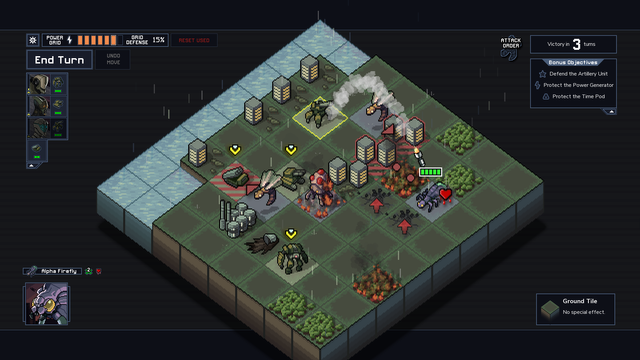
And following on from that, can you please give us a rundown of some of the interesting major players and perhaps what inspired them?
Chris: Sure. Among your allies is Isaac Jones, a temporal breach physicist whose time-jumping research has caused a neural lag in his language centers but allows him to make multiple minor jumps through time on the battlefield (allowing you to reset your moves more often than others). And there’s Gana, an Archive, Inc. construction robot that was retrofitted with combat programming, creating an odd psyche where he’s constantly disciplining and training his components like an army general – and executing those that fail to follow orders.
For the corporate island CEOs, there’s Dewey Alms, the CEO of Archive Inc. who’s sometimes more concerned with preserving the Island’s Old Earth relics than battling the horrid giant bug monstrosities tunneling up beneath his island, and Zenith (designed by Matthew), the benevolent A.I. who runs Pinnacle robotics and cares for all sentient life on her island – machine and biological. She can make you sad about killing robots, which I didn’t think was possible.
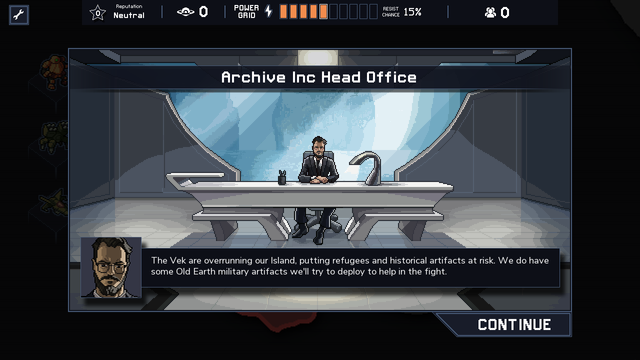
Can you please also describe a little of the writing process on something like Into the Breach, which on the surface doesn't seem quite as narrative-driven a game as many of your past works?
Chris: Sure – so a large part of the writing process on Into the Breach is driven by mission parameters, objectives, and designing scripting calls that refer to gameplay actions and consequences in the mission – not only obvious ones like taking damage (“taking hits here!”), but reacting to more subtle changes on the battlefield but breaking them down so a response makes logical sense.
For example, when pilot reactions to an event may involve carefully designing out an order of perceptions and consequences:
· The pilot killed an enemy (simple, right?). But…
o And that enemy was killed by direct damage (not by blasting it into a mountain or by having another creature knocked back into it)
§ And that enemy could be any enemy type (robot, Vek)
· And it was a single kill (no other enemy died from the direct damage – to explain, in Into the Breach, there’s a lot of weapons that can kill many enemies in many patterns and ways)
Matthew and I worked with this quite a bit, although Matthew was the one that got everything humming along because he is a programmer, and programmers make things “go”.
But even with the elements above, as a designer you have to be careful because then there’s exclusionary conditionals you want for reactions – you don’t want a pilot cheering about a kill on the same turn another pilot dies… or if the pilot cheering also just accidentally or purposely killed that pilot. Or if a building collapsed and civilians died. Or… you get the picture. It creates a many-layered series of scripting conditions to inform the logic of each response and dealing with the most emphatic ones first in a way that makes sense to the player and doesn’t break them out of the experience.
Once the scripting foundation is poured, then the actual writing work begins. That’s when you break things down into how reactive and aware you can make the pilots – one of the ways we do this (again, thanks, Matthew) is by introducing as many “token” calls as we can, within reason.
To explain, “tokens” are language in the writing such as #self_full (Pilot’s name, first and last is said), #self_last (only Pilot’s last name is said), #squad (the player’s squad name), etc. We do this for island types, corporations, pilot names, mech names, etc. and all of that makes the world feel more alive (the following is a bad example of this, but:)
It’s the difference between:
“Good shot, pilot 3!”
vs.
“Good shot, Jones. Doing Archive proud!” (Which would be written as “Good shot, #self_last. Doing #corp proud!”)
Then, once you have the mission specs and the general pilot scripting calls down, then you flesh out what each pilot says, informed by their background and personality. One pilot may not like it when you kill robots, for example (“could we have fixed its programming?”) while another pilot may not give it a second thought (“Zenith can bill me.”). We have some pilots that get upset when you destroy mountains, others that take special glee when you knock an enemy into water to drown – or when an enemy is blasted into a chasm and plummets to their death. Others seem to forget there are civilians in some buildings when the building collapses, others are more concerned about the infrastructure damage, not the bodies.
Overall, it’s a fun process that requires a lot of iteration to see the voice barks play out in-game and see if they “feel” correct. We spent a lot of time getting these right.
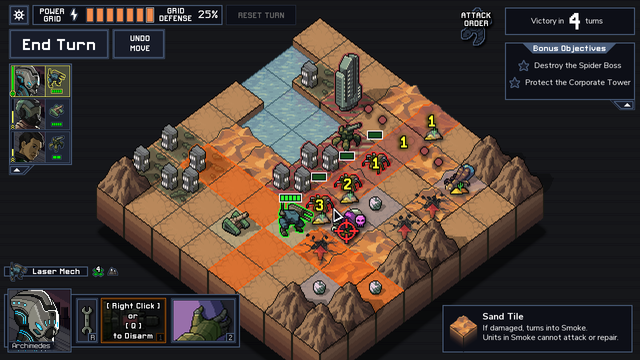
Correct me if I am wrong, but isn't the nature of this game one where your writing is going to be far more linear than the branching conversations and story pathlines we've seen from a lot of your earlier work?
Chris: It’s not a linear story game - nor a story game at all, which is a change of pace for me. The writing is there to inform the aesthetic and feel of the world, and the pilot language is focused on events transpiring in the game with window views into the individual pilot backstories coming out over time (no pun intended).
It was both a challenge and a lot of fun. One point worthy of note is we purposely chose not to go “grimdark” with the lore and personalities, so it has a lighter feel to it, which was a nice writing change of pace for me (I’d been doing dark stuff for a long time, and you can get lost in that stuff).
So, you're freelancing now and you have been involved in a number of quite varied games over the last few years. What can you say about the decision to branch out of the RPGs you became known for? I read what you had to say in the Rolling Stone interview from March last year - it's been almost a year since then, so how is that all going?
Chris: It’s going great. I suppose part of the reason I branch out is because I don’t only like role-playing games, I like a bunch of genres, I just didn’t have much opportunity to work on them in the past… now that’s all changed.
Even more importantly, I felt the need to branch out because I wanted to see how other genres utilize narrative – writing for other genres I think will ultimately improve my RPG writing and my overall game writing, whether it’s because of new techniques, tools, text editors, story pipelines, visual storytelling, or even simply the design and writing production approaches various companies use.
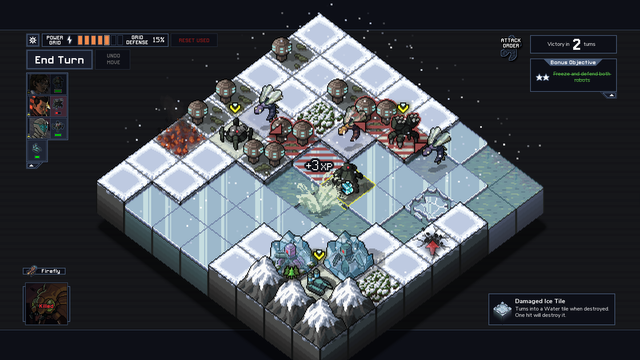
What's a typical day in the life of a freelance game writer look like? Are you doing all of your work remotely? Are you still in your pyjamas..?
Chris: It’s 90% remote (it has to be – part of it is family obligations, typical life stuff that happens as life goes along).
I wish I could say I live some sort of glamorous writing life, but it’s like you say… I tumble out of bed in the morning, write, write, write, realize it’s dark out, then I go to sleep. I love it.
I see you're also busy on System Shock and still working on Pathfinder: Kingmaker (or have you completed your work on these two already?) , which we discussed last year. Are you taking on more freelance work in 2018?
Chris: Yes, there’s a number of projects in the works (I wish I could say what they were!), and I’m always on the look out for new projects, especially if it’s people, genres, franchises, or toolsets I’ve never worked with (trying to broaden my horizons). I’ve gotten the chance to work with a number of people I’ve always wanted to work with in the industry so far along with a number of other franchises, and I couldn’t have done that working full-time at one place, so I’m especially happy about that.
Of the titles I’ve been working on, I just finished up Divinity: Original Sin II (another turn-based game, and it was very well-received – kudos to Larian), I’ve been working on Wasteland 3, and I helped out Burden of Command with empathy mechanics - to explain, Burden of Command is a WW2 game, but in a nice shift in the genre, it’s about being a leader of a squad and having to deal with the emotional pressure of being in command and doing the best you can to accomplish your mission and protect your soldiers on the battlefield at the same time. I think I learned more on that project than I did creating systems for it (which is a pretty good deal as far as I’m concerned).
Aside from design and writing, I also do script work for some titles, editing for others, story consulting, and even translations every once in a while (all of this is just for fun and plus, I need to refine my editing skills – I’ve learned a lot of errors I’ve been making over the years as a result, so doing editing has improved my craft for sure).
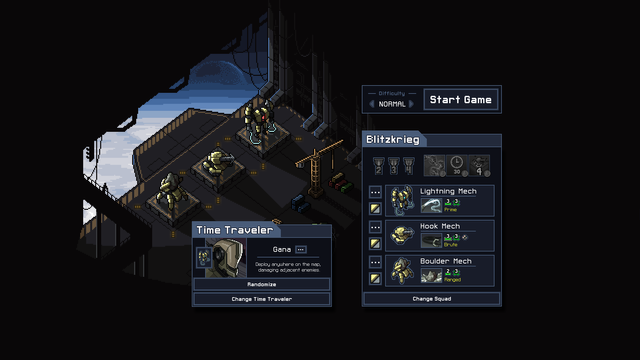
So, if people are interested in reaching out to have you work on their project, what's the best means of getting hold of you?
Chris: CAvellone, then slap gmail.com on the end. I get a new request almost every 3 days, and while I can’t help everyone, I usually can direct you to another writer who’s (1) likely better than me and (2) better for your project, too.
If you have something simple to ask, Twitter’s usually the best (@chrisavellone, and you don’t need to Direct Message me, you can just ask in the feed – this helps if someone else has the same question, too). And if you want to add Subset Games to those you follow on Twitter, they’re @subsetgames.
And in closing, I always like to ask this one... what have you been playing over the last 6 months or so that has really impressed you?
Chris: I play a lot of Dungeon Boss (even though Solaris, the Phoenix hero, is one of the evilest characters ever created, both to fight and use on your team), I played a LOT of Into the Breach (as of last week, I got the final achievement [no cheats], I logged about 230+ hours playing it). I also was playing a lot of Darkest Dungeon but I got pissed at it last week when my best party (and worse, their best equipment) was wiped out, so I think I’m going to shelve it and play something more relaxing for a while. : ) Still, I think DD’s a great game, I like the ambiance, the character archetypes, and how those archetypes play out in the game mechanics (esp. the Abomination).
Another huge thanks to Chris for taking the time to answer all these questions. Learn more about Into the Breach on the official page, or pick it up on Steam when it launches tomorrow (27 February 2018)!
Previous:
Interesting People #26: Damon Barnard and Christopher Cousins of Ignite Ratings
amazing article @badastroza, love this series of interviews you are doing. It's really cool you are reaching out to them all and documenting their stories. Thanks!
Awesome, glad you enjoyed it! Please follow/resteem if you feel so inclined.
Nice to see you are still lucking around! I got get some sleep but I'll check this out in the morning. Leavening a comment now so I remember.
good
Congratulations @badastroza! You have completed the following achievement on the Steem blockchain and have been rewarded with new badge(s) :
Click on the badge to view your Board of Honor.
If you no longer want to receive notifications, reply to this comment with the word
STOPCongratulations @badastroza! You received a personal award!
You can view your badges on your Steem Board and compare to others on the Steem Ranking
Vote for @Steemitboard as a witness to get one more award and increased upvotes!
Your level lowered and you are now a Red Fish!
Vote for @Steemitboard as a witness to get one more award and increased upvotes!